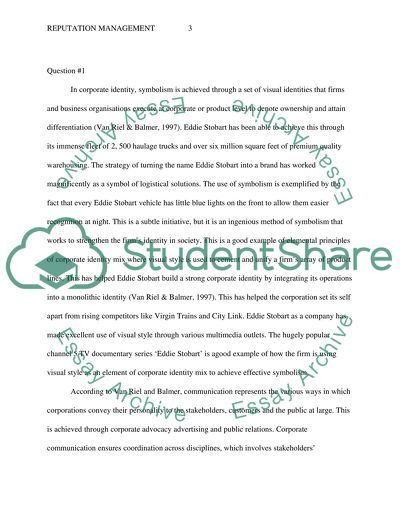Cite this document
(“Answering two questions against a previously analysed Case Study”, n.d.)
Retrieved from https://studentshare.org/journalism-communication/1483240-answering-two-questions-against-a-previously
Retrieved from https://studentshare.org/journalism-communication/1483240-answering-two-questions-against-a-previously
(Answering Two Questions Against a Previously Analysed Case Study)
https://studentshare.org/journalism-communication/1483240-answering-two-questions-against-a-previously.
https://studentshare.org/journalism-communication/1483240-answering-two-questions-against-a-previously.
“Answering Two Questions Against a Previously Analysed Case Study”, n.d. https://studentshare.org/journalism-communication/1483240-answering-two-questions-against-a-previously.


